Fan Cheng Case study of wheeled robot in epidemic prevention campaign
Published on:2020-07-21
With the development of science and technology, we have shown unprecedented ability in the face of this epidemic. We have seen the application of huoshenshan hospital, UAV and thermometer in epidemic prevention in 10 days. Even wheeled robots have begun to assist medical staff in the hospital.
The development of online shopping has driven the increase of the number of logistics centers, so the number of wheeled robots handling many heavy tasks in logistics centers has also increased. Recently, we see more and more human friendly robots in banks, shopping malls, hotels and supermarkets. No one expected that the next challenge these wheeled robots have to deal with - the delivery of the last kilometer - came so unprepared.
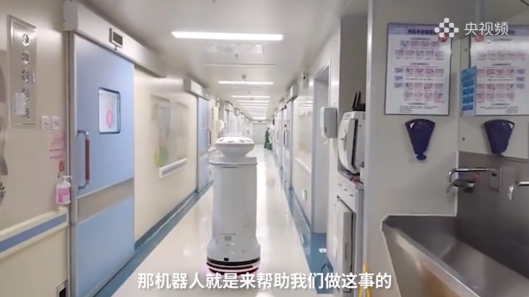
The picture comes from the central video screenshot
Under the initiative of less parties, less travel, not going to or less crowded places, taking bus, subway and train flights and wearing masks in the whole process. The significance of wheeled robots is prominent. This is not a difficult job. They will soon send drugs, documents and takeout to the office or ward.
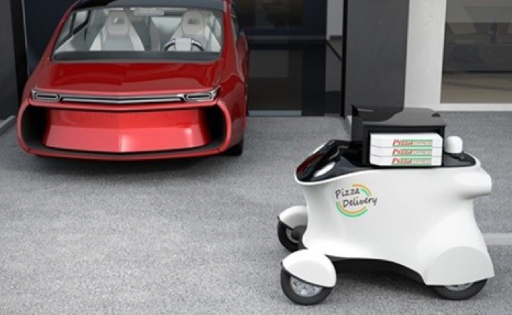
Example of a wheeled robot delivering pizza
Application combination of wheeled robot
With the emergence of wheeled robots that some people think are "camouflage robots", lets take a look at the whole robot combination currently used in the industry:
Industrial robots (or mechanical arms) can handle welding, palletizing, sorting, lifting and other tasks in the factory. They are usually located in fixed positions on the floor, ceiling or wall. They are controlled by a controller placed near the base or manipulator.
Although large industrial robots such as robotic arms have been used for many years - mainly in the automotive industry, with the increasing opportunities for cooperation between humans and robots, small variant robots called cobots are significantly entering the market.
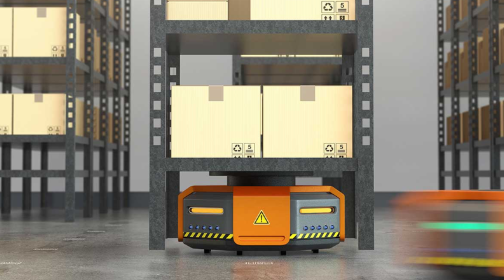
Tis millimeter wave or time of flight (TOF) sensing technology is used to realize accurate obstacle sensing in crowded logistics centers
Logistics robots can be used in warehouses, distribution centers, ports and even campuses. These robots can pick up goods and send them to the packaging station, or they can transport goods from one building to another. These robots move in a specific environment and need many sensors to locate and draw maps, as well as sensors to avoid collisions.
Reception robots can be used in supermarkets, airports and hotels. These robots act as virtual workers to welcome and guide customers / guests.
Inventory robots can be used in supermarkets or warehouses and can scan shelves regularly to ensure that there will never be a shortage of products in stores.
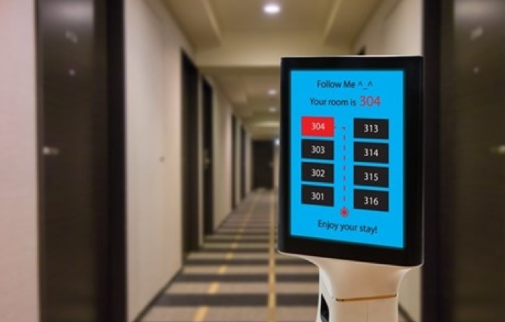
Example of reception robot
Industrial robots are usually located in a "closed" environment. For safety reasons, if humans enter the environment, the operation of the robot will be stopped. However, restricting human / robot cooperation prevents the realization of many benefits. Robots with autonomous operation function can support the safe and efficient coexistence of humans and robots.
Ti provides a complete set of reference designs for wheeled robots
Sensing and intelligent sensing of robot applications are very important, because the efficient performance of robot systems (especially machine learning applications) largely depends on the performance of sensors that provide key data for these systems. Nowadays, a large number of increasingly perfect and accurate sensors, combined with the system that can integrate all these sensor data, can support the robot to have better and better perception and consciousness. Examples of sensors include cameras, lidars, millimeter waves, and time of flight (TOF).
Sensing technology is particularly important in the operation of vacuum robot. TOF sensor enables the robot to accurately draw the operating environment map and ensure that the robot can complete the task efficiently. Infrared cliff sensor prevents the robot from falling down the stairs or from falling sharply.
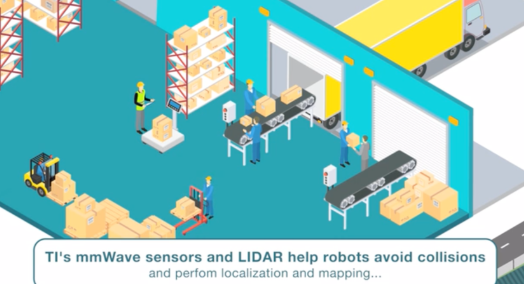
Just as humans rely on senses and intelligence to complete tasks, robotics requires a lot of technology to simulate what humans take for granted. Ti offers solutions that meet many of these technical needs, including sensing, intelligence and power. Innovative simulation technology and embedded technology can help engineers develop more intelligent and advanced future robot systems. Click here to view the reference design of Ti industrial robot.
The development of online shopping has driven the increase of the number of logistics centers, so the number of wheeled robots handling many heavy tasks in logistics centers has also increased. Recently, we see more and more human friendly robots in banks, shopping malls, hotels and supermarkets. No one expected that the next challenge these wheeled robots have to deal with - the delivery of the last kilometer - came so unprepared.

The picture comes from the central video screenshot
Under the initiative of less parties, less travel, not going to or less crowded places, taking bus, subway and train flights and wearing masks in the whole process. The significance of wheeled robots is prominent. This is not a difficult job. They will soon send drugs, documents and takeout to the office or ward.

Example of a wheeled robot delivering pizza
Application combination of wheeled robot
With the emergence of wheeled robots that some people think are "camouflage robots", lets take a look at the whole robot combination currently used in the industry:
Industrial robots (or mechanical arms) can handle welding, palletizing, sorting, lifting and other tasks in the factory. They are usually located in fixed positions on the floor, ceiling or wall. They are controlled by a controller placed near the base or manipulator.
Although large industrial robots such as robotic arms have been used for many years - mainly in the automotive industry, with the increasing opportunities for cooperation between humans and robots, small variant robots called cobots are significantly entering the market.

Tis millimeter wave or time of flight (TOF) sensing technology is used to realize accurate obstacle sensing in crowded logistics centers
Logistics robots can be used in warehouses, distribution centers, ports and even campuses. These robots can pick up goods and send them to the packaging station, or they can transport goods from one building to another. These robots move in a specific environment and need many sensors to locate and draw maps, as well as sensors to avoid collisions.
Reception robots can be used in supermarkets, airports and hotels. These robots act as virtual workers to welcome and guide customers / guests.
Inventory robots can be used in supermarkets or warehouses and can scan shelves regularly to ensure that there will never be a shortage of products in stores.

Example of reception robot
Industrial robots are usually located in a "closed" environment. For safety reasons, if humans enter the environment, the operation of the robot will be stopped. However, restricting human / robot cooperation prevents the realization of many benefits. Robots with autonomous operation function can support the safe and efficient coexistence of humans and robots.
Ti provides a complete set of reference designs for wheeled robots
Sensing and intelligent sensing of robot applications are very important, because the efficient performance of robot systems (especially machine learning applications) largely depends on the performance of sensors that provide key data for these systems. Nowadays, a large number of increasingly perfect and accurate sensors, combined with the system that can integrate all these sensor data, can support the robot to have better and better perception and consciousness. Examples of sensors include cameras, lidars, millimeter waves, and time of flight (TOF).
Sensing technology is particularly important in the operation of vacuum robot. TOF sensor enables the robot to accurately draw the operating environment map and ensure that the robot can complete the task efficiently. Infrared cliff sensor prevents the robot from falling down the stairs or from falling sharply.

Just as humans rely on senses and intelligence to complete tasks, robotics requires a lot of technology to simulate what humans take for granted. Ti offers solutions that meet many of these technical needs, including sensing, intelligence and power. Innovative simulation technology and embedded technology can help engineers develop more intelligent and advanced future robot systems. Click here to view the reference design of Ti industrial robot.

